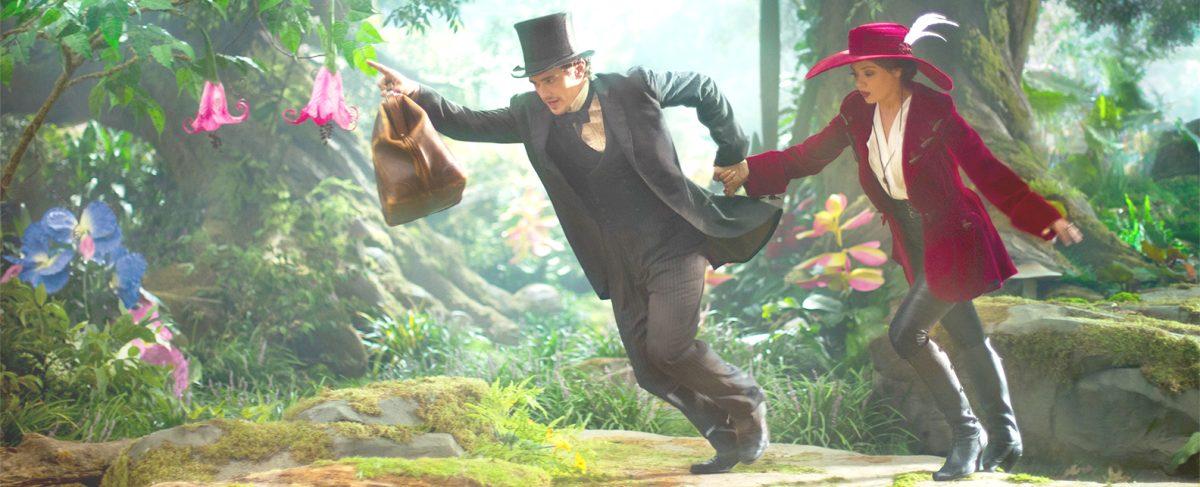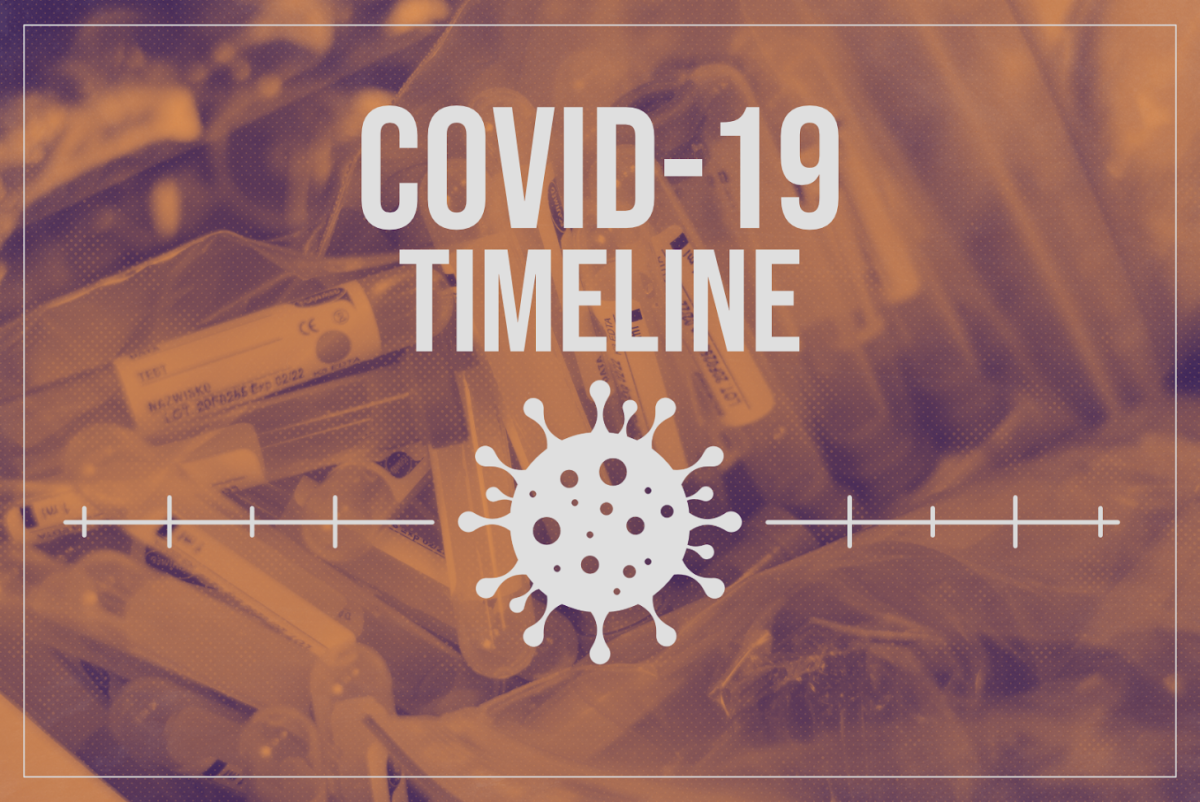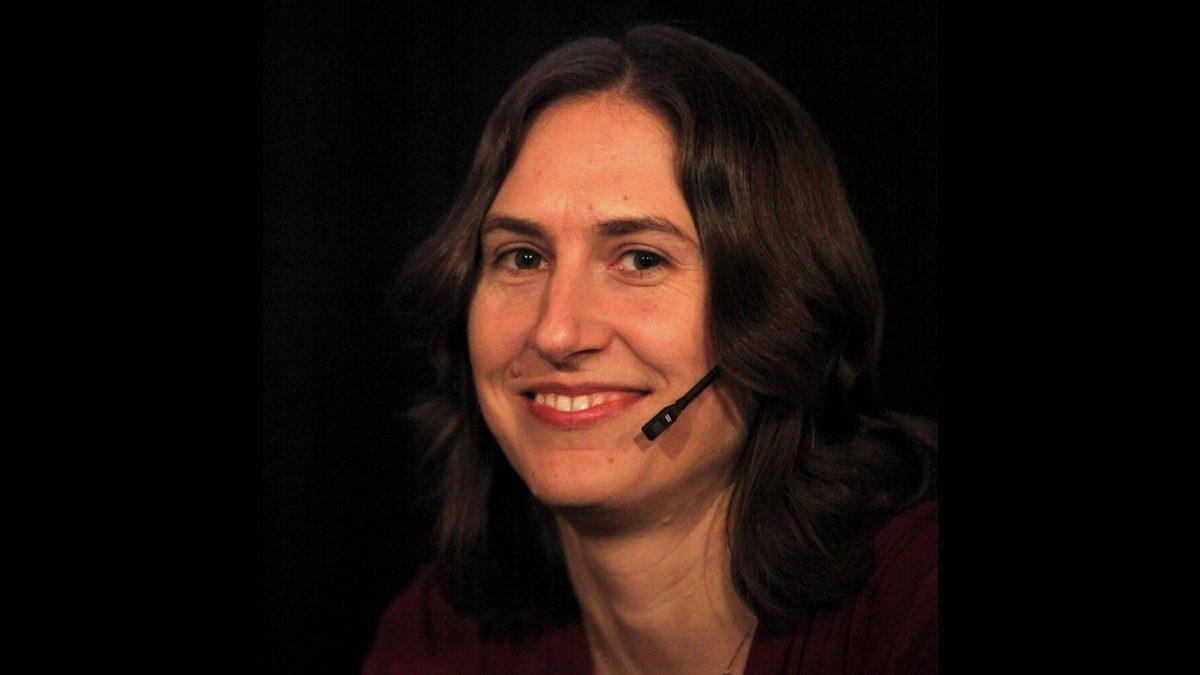Oz the Great and Powerful Review
3 out of 5 stars
A tornado has swept through Kansas once more with the release of Oz the Great and Powerful. Based on the series of L. Frank Baum novels and under the direction of Sam Raimi, the film aims to discover who the man behind the curtain really was.
James Franco portrays Oscar Diggs, known as Oz, an illusionist who dreams of someday being a great man. He is given the chance to do so when the tornado whisks him away to the Land of Oz in a hot air balloon. Upon arrival, Oz gets caught up in a prophecy that tells of a wizard named after the land who will take down the Wicked Witch.
Franco, mainly known for roles in films like Pineapple Express, brought his innate zaniness to the role of Oz, which helped to keep the film’s energy afloat.
However, what Oz brings to the table in terms of story is subpar. Long stretches of the narrative drag on at best. Without its surreal visual effects and production design, Oz would be nothing exceptional.
And yet, the visual effects themselves do remain an impressive sight. First starting out in black and white 35mm film ratio, it transitions into bright, illustrious colors in widescreen. Pre-transition, the film brought to mind The Imaginarium of Doctor Parnassus with its sentimentality for an older era.
In Oz proper, much like in the 1939 original, colors pop and unlikely creatures are brought to life. Of particular note is the china doll, which is hands down the most visually beautiful and original creation from Oz. She’s so authentically real you will almost feel the need to reach out and touch her.
Why and how Oz was produced brings about a more interesting debate. In a recent interview with the Huffington Post, producer Joe Roth said that part of his interest in making the film came from bringing out a fairy tale with a male protagonist, something that there just aren’t enough of in modern fairy tale projects.
Not enough male protagonists?
His statement is controversial, borderline hypocritical given his background for producing the recent Snow White and the Huntsman, which transmuted a meek girl into a warrior of women, as well as the upcoming Maleficent, directed by Robert Stromberg.
Even now in the 21st century, women are rarely given the starring roles in films. Even if we buy Roth’s assertion that women have a strong foothold in the fairy tale staple, there’s still the problem of how the females in these films are often defined by their looks and eventually must be rescued by the male.
In Oz the Great and Powerful, there are three powerhouse female characters – Theodora (Mila Kunis), Evanora (Rachel Weisz) and Glinda (Michelle Williams) – all of whom are witches.
Theodora, essentially, is depicted as the obsessive and desperate girlfriend who gets snubbed by the guy and goes crazy. Evanora gives off a seductive, conniving, mysterious prowess that is shot to hell with her laughable exit in the film. Finally, Glinda is the picture of “ideal feminity.” She is cleanly dressed in all-white, full of hope and forgiveness while delivering impossibly breathy lines.
They are across-the-board caricatures of how men see women. Despite this, their words and actions move the story forward. And consequentially – whether Roth realizes it or not – the story belongs just as much, if not more, to those characters as it does to Oz.
The territory that comes with a prequel is how well it stands up in the face of its counterpart. Oz, while also making many respectable allusions to the original 1939 film, is practically the same story but with Dorothy replaced by Oz.
The end result is an impressive effort, but not enough to make it a classic in its own right.














